The staff at Best Price is our biggest asset. We are constantly training and developing our personnel while creating career opportunities that provide advancement within the company.
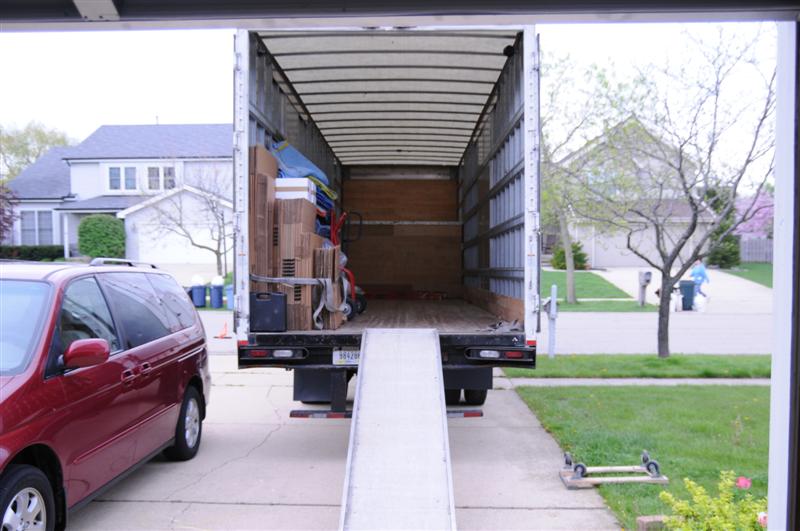
Do-it-yourself packing is a big job, but it can be a worthwhile way to save money on your relocation costs. With the right materials and a little help from Best Price in the form of packing tips, you can achieve professional results and maximize the protection of your possessions.
Packing tips are extremely useful when it comes time to box up your household. By packing things appropriately and in an organized fashion, damage can be prevented. Plus, the better you pack, the easier it will be to unpack at your new residence.
First, we recommend you start with professional materials, including:
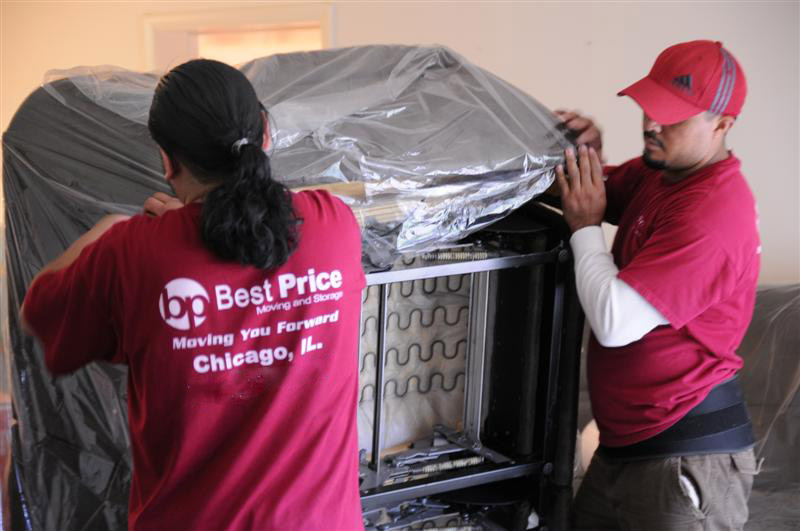
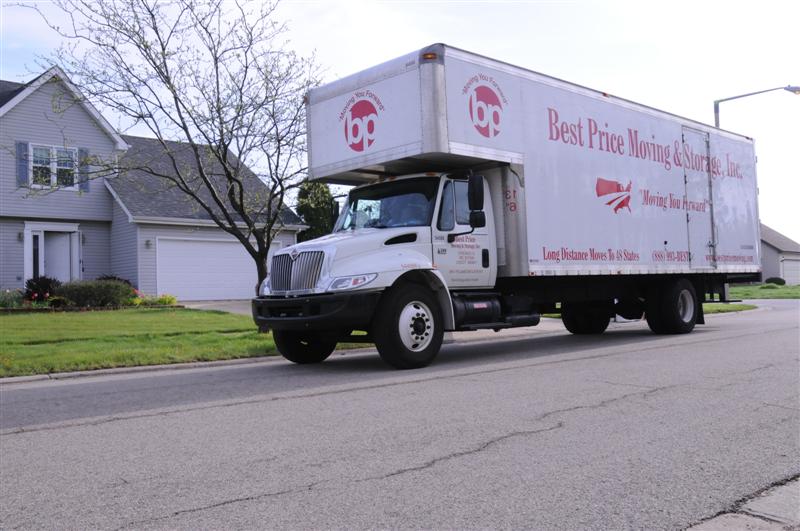
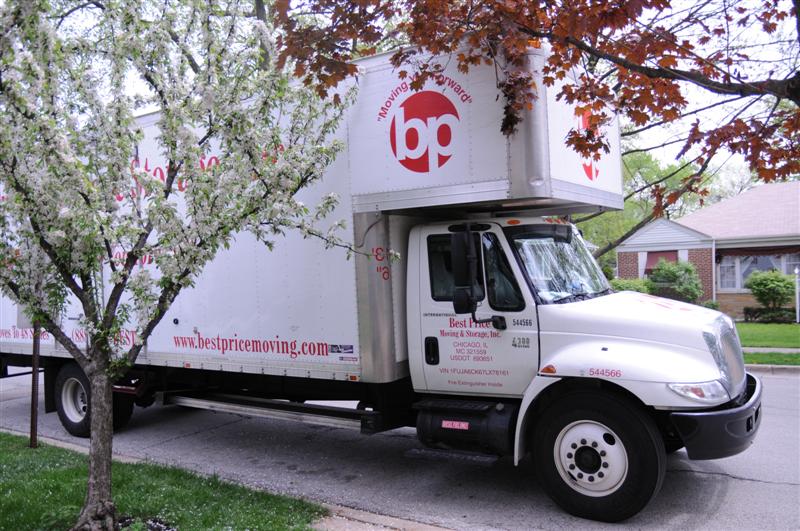
Best Price has a wide range of boxes and professional packing materials available for purchase to help you organize and safeguard your belongings, including:
Dish Pack (or China Barrel): Heavy duty carton used for dishes/china, crystal and glassware
Double-wall cartons: Extra protective cartons made especially for fine china, crystal, and other high-value, hard to replace items
Use newspaper only for cushioning-never place newspaper against items as the ink will rub off. It can get embedded in fine china, so be wary!
If you decide to do the packing yourself, you will need to have everything properly packed and ready for loading when the moving van arrives. All packing should be completed the evening before moving day. Only essential personal items you’ll need that night, the next morning and immediately at your destination should be left for last minute packing.
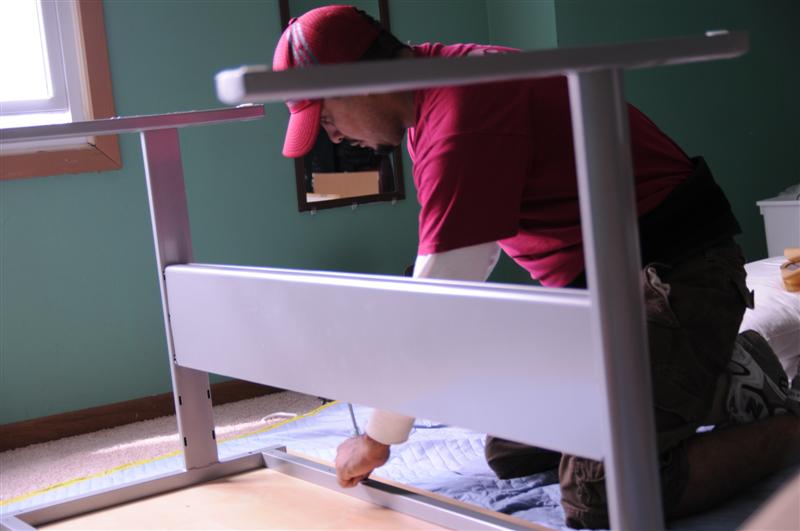

Follow a timetable – people often underestimate how long it takes to pack!
Start with items you won’t need right away, such as belongings stored in the basement, garage or attic
Packing room-by-room will help you stay organized
Establish work areas in each room
As you complete a room, sort packed boxes by weight (light, medium, heavy) to make loading the moving van easier and quicker
Limit cartons to a maximum weight of 50 pounds
For best results, have your mover pack:
Marble or glass tabletops, heavy wall ornaments and mirrors 40″ x 60″ or larger
Pool tables and pianos
Bulky, fragile items like large trophies, statues, chandeliers, etc.
Major appliances
Our Best Price professionals will check your packed boxes to ensure safe transportation. If it is their opinion that items are improperly packed or cartons are susceptible to damage, they may ask you to re-pack these items.
Provide plenty of cushioning by packing loosely crumpled, plain newsprint in the bottom of boxes – leave room at the top for more crumpled paper
Wrap all fragile, breakable items in paper before packing them in boxes
Pack large and heavy items first, smaller items next, filling in all empty spaces with plain newsprint
Use only sturdy cartons that can be easily closed (don’t over stuff), then tape top seams securely – do not use plastic containers to pack your belongings
Label boxes clearly: Your name, room where the box should go in your new home and a brief description of the contents
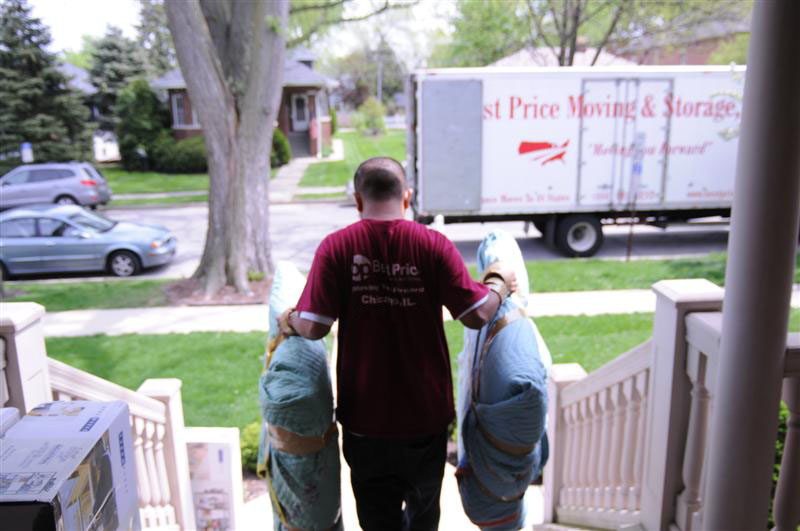

When packing a large screen TV and other electronics:
If you no longer have the original carton and packing materials, carefully pack the item in a sturdy carton that has been lined with newsprint or styrofoam “peanuts”
Securely seal the carton and mark the outside “Extremely Fragile”
When packing your personal computer, printer, scanner, or other equipment:
Disconnect and mark all wires and cables for easy assembly
Detach paper holders/feeders from printers and wrap monitors and additional hardware as you would other home electronics
Remove toner and ink cartridges
Back up all of your computer files on DVDs or other file storage disks/devices
Consult your PC user manual for additional instructions and precautions
Each and every carton must be labeled:
Use a broad, felt-tipped marker.
Clearly mark room and contents.
Indicate “FRAGILE” on delicate; “THIS END UP” where appropriate.
If available, include your bill of lading number on every box.
As you finish with each carton, list the contents on the side of the carton (for easy viewing while stacked) and in a special notebook. You might want to number and/or code the cartons as well.
Indicate your name and the room to which each carton should be delivered at destination. Tape a sign on the door of each room at destination corresponding to the carton labels so movers can get the cartons into the proper rooms quickly.
Put a special mark (the number 1, or the letter A) on cartons you want to unpack first at destination.

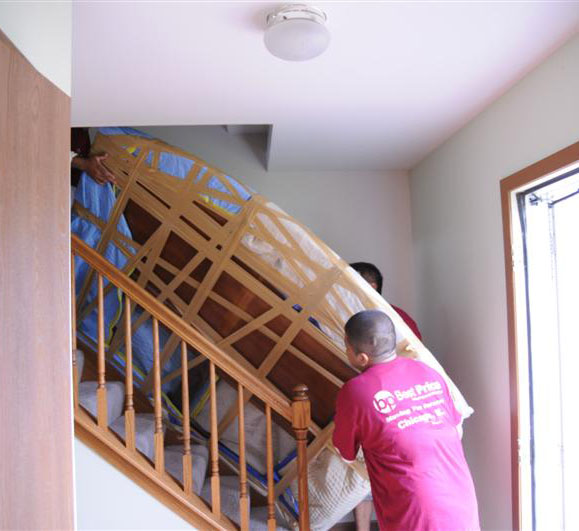
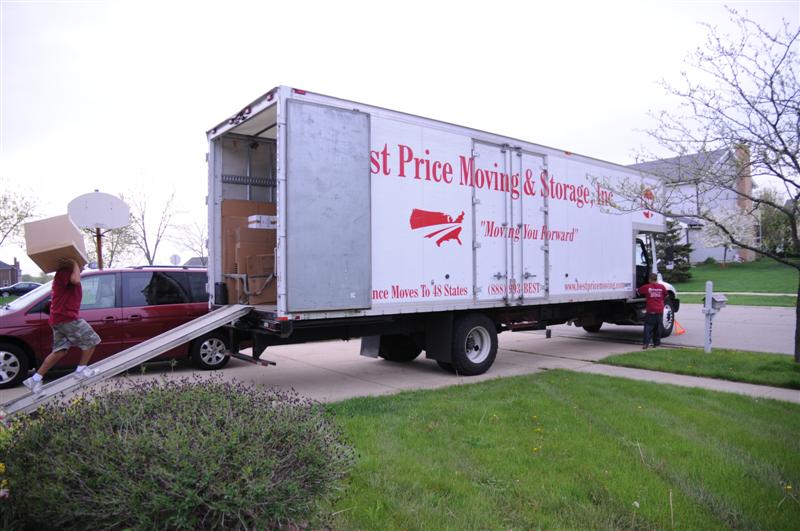
Start with out-of-season items. Next, pack things used infrequently. Leave until the last minute things you’ll need until moving day.
Empty drawers of breakables, spills, non-transportable items and anything that would puncture or damage other items.
Pack similar items together. Do not pack a delicate china figurine in the same carton with cast-iron frying pans, for example.
Keep all parts or pairs of things together. For example, curtain rod hangers, mirror bolts and other small hardware items should be placed in plastic bags and taped or tied securely to the article to which they belong.
Wind electrical cords, fastening them so they do not dangle.
Wrap items individually in clean paper; use tissue paper, paper towels or even facial tissue for fine china, crystal and delicate items. Colored wrapping paper draws attention to very small things that might otherwise get lost in a carton. Use a double layer of newsprint for a good outer wrapping.
Place a two- or three-inch layer of crushed paper in the bottom of cartons for cushioning.
Build up the layers, with the heaviest things on the bottom, medium weight next and lightest on top.
As each layer is completed, fill in empty spaces firmly with crushed paper and add more crushed paper to make a level base for the next layer, or use sheets of cardboard cut from cartons as dividers.
Cushion well with crushed paper; towels and lightweight blankets may also be used for padding and cushioning. The more fragile the item, the more cushioning needed. Be sure no sharp points, edges or rims are left uncovered.
Pack small, fragile, individually-wrapped items separately or a few together in small boxes, cushioning with crushed or shredded paper. Place small boxes in a single large box, filling in spaces with crushed paper.
Avoid overloading cartons, but strive for a firm pack that will prevent items from shifting; the cover should close easily without force, but should not bend inward.
Seal cartons tightly with tape except for those containing items that must be left open for the van operator’s inspection.
We know the most efficient way to pack, providing you with the best results. By utilizing the proper packing tips, your belongings will not be damaged during transport, and you will have a much easier time unpacking your possessions at your new residence.